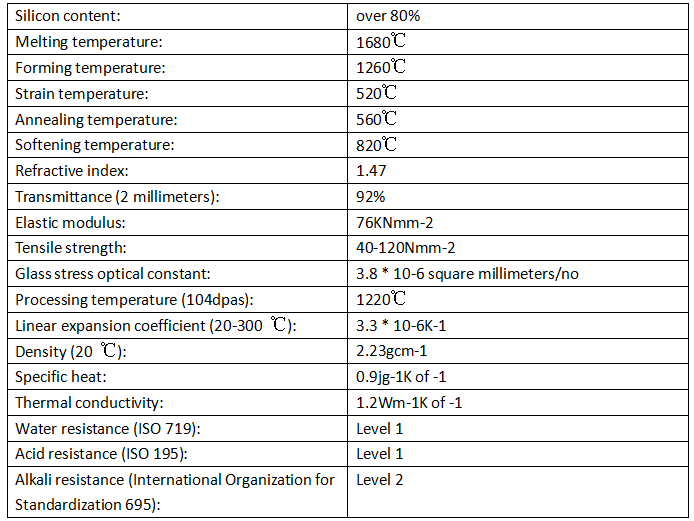Glass Stir Rods Stirrer Rods for Laboratory Glassware
Glass Stir Rods is a kind of glass instrument. It can be used to stir and accelerate solute dissolution, drain during filtration, and also to evaporate and crystallize small amounts of solution.
Cut the glass rod into the required length, place the cut end on the fire and burn it round to form a stirring rod. Note that beakers of different sizes should be matched with stirring rods of appropriate length and diameter. The length of the stirring rod is generally 1.5 times the height of the beaker.
Product Specification
Diameter
|
Length
|
15mm
|
200mm
|
15mm
|
300mm
|
15mm
|
400mm
|
15mm
|
500mm
|
15mm
|
600mm
|
15mm
|
700mm
|
We have borosilicate glass rod with other diameter 1mm, 2mm, 3mm, 4mm, 5mm, 6mm ....please contact us for more details.
The main function of a glass stirring rod
1) Stirring: Glass stirring rods are essential tools in chemical experiments, mainly used to accelerate the dissolution of solutes and mix liquids. When using, excessive force should be avoided to prevent the glass rod from breaking or the container from breaking. At the same time, the mixing direction should be consistent to avoid collision with the container wall and bottom, in order to prevent the liquid from splashing due to local heating.
2) Filtering: In the filtering operation, a glass stirrer is used to guide the suspension to be filtered onto the filter paper in the funnel, ensuring that the liquid passes smoothly through the filter paper while solid impurities remain on the filter paper.
3) Drainage: During solution preparation or transfer, a glass stirrer is used to guide the solution from the beaker to the volumetric flask, ensuring smooth flow of the solution and avoiding liquid splashing.
In addition, glass stirring rods are usually made of glass, mainly composed of silicon dioxide, which has corrosion resistance and is suitable for various chemical experiments and environments.
Attentions:
① Do not apply too much force when stirring to prevent the glass rod or container (such as a beaker) from breaking.
② Do not collide with the container wall or bottom during mixing, and do not make any noise.
③ When stirring, it is necessary to stir in one direction (clockwise or counterclockwise).
Material Properties of High Borosilicate Glass


